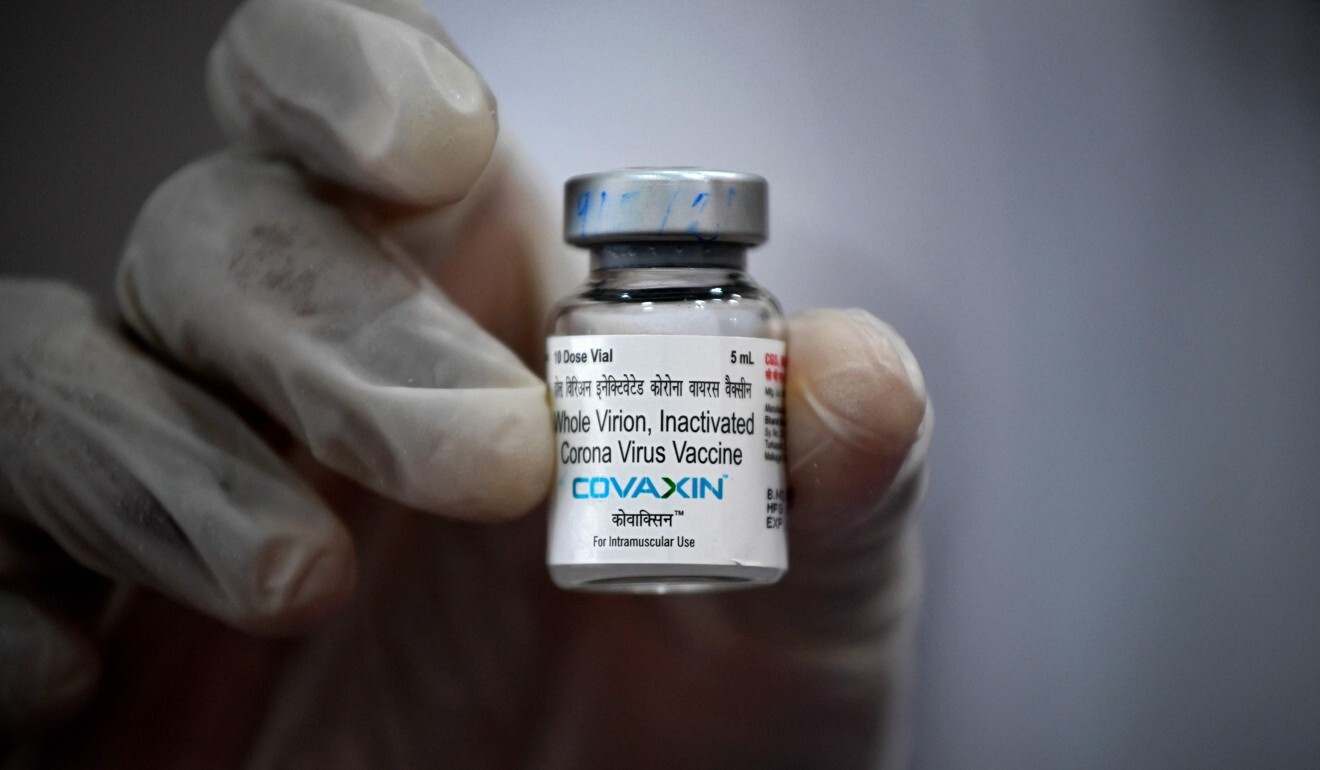
Explainer | What we know about the B.1.617 coronavirus variant sweeping across South Asia
- The coronavirus variant first detected in India appears to spread more easily and may be overpowering prior immunity from natural infections
- But there in one bright spot: lab studies suggest Covaxin, a vaccine developed in the country, appears capable of neutralising the variant
WHAT IS THE B.1.617 VARIANT?
The B.1.617 variant contains two key mutations to the outer “spike” portion of the virus that attaches to human cells, said senior Indian virologist Shahid Jameel.

01:57
Indian volunteers give respectful final farewell to abandoned bodies of Covid-19 victims
“There is increased transmissibility demonstrated by some preliminary studies,” Maria Van Kerkhove, WHO’s technical lead on Covid-19, said, adding it needs more information about the Indian variant to understand how much of it is circulating.
ARE VARIANTS DRIVING THE SURGE IN CASES?
It’s hard to say. Laboratory-based studies of limited sample size suggest potential increased transmissibility, according to the WHO.
The picture is complicated because the highly transmissible B.117 variant first detected in Britain is behind spikes in some parts of India. In Delhi, cases of the variant from the UK almost doubled during the second half of March, according to Sujeet Kumar Singh, director of the National Centre for Disease Control.
The B.1.617 variant, though, is widely present in Maharashtra, the country’s hardest-hit state, Singh said.

02:39
Doctors in India warn against using cow dung as Covid-19 therapy
Prominent US disease modeller Chris Murray, from the University of Washington, said the sheer magnitude of infections in India in a short period of time suggests an “escape variant” may be overpowering any prior immunity from natural infections in those populations.
“That makes it most likely that it’s B.1.617,” he said. But Murray cautioned that gene sequencing data on the coronavirus in India is sparse, and that many cases are also being driven by variants from elsewhere.
Carlo Federico Perno, head of microbiology and immunology diagnostics at Rome’s Bambino Gesù Hospital, said the B.1.617 variant could not alone be the reason for India’s huge surge, pointing instead to large social gatherings.
DO VACCINES STOP IT?
One bright spot is that vaccines may be protective. Anthony Fauci, the US president’s chief medical adviser, said that preliminary evidence from lab studies suggest Covaxin, a vaccine developed in India, appears capable of neutralising the variant.

Public Health England said it was working with international partners but that there is currently no evidence that the B.1.617 variant and two related variants cause more severe disease or render the vaccines currently deployed less effective.
“We don’t have anything to suggest that our diagnostics, our therapeutics and our vaccines don’t work. This is important,” said Van Kerkhove at WHO.

